Upcoming Events!
Past Events
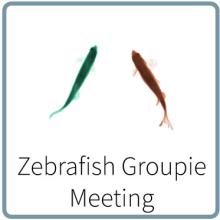
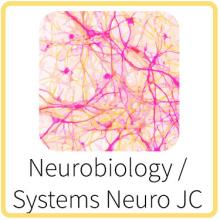
Behaviorally relevant decision coding in primary somatosensory cortex neurons. Buetfering et al...
Behaviorally relevant decision coding in primary somatosensory cortex neurons. Buetfering et al., 2022

The brain shows marked plasticity across a variety of learning and memory tasks as well as during...
The brain shows marked plasticity across a variety of learning and memory tasks as well as during recovery after injury. Many have proposed to leverage this innate plasticity using brain stimulation to treat neural disorders. Implementing such treatments requires advanced engineering tools and a thorough understanding of how stimulation-induced plasticity drives changes in network dynamics and connectivity at a large scale and across multiple brain areas. In this talk, I will present my lab's efforts to investigate targeted stimulation of primate cortex to drive cortical plasticity towards functional recovery. We have developed large-scale interfaces consisting of state-of-the-art electrophysiology and optogenetics to simultaneously record and manipulate activity from about 5 cm2 of cortex in awake behaving macaques. Using this interface, for the first time, we have shown the feasibility of inducing targeted changes in sensorimotor networks using optogenetics. Furthermore, we have incorporated the capability of producing ischemic lesions in the same interface enabling us to stimulate the cortex around the site of injury and monitor functional recovery via changes in blood flow, neurophysiology, and behavior. Currently we are using these technologies towards developing therapeutic interventions for neurological disorders such as stroke.


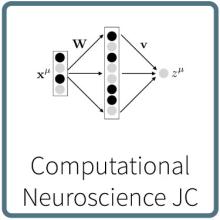
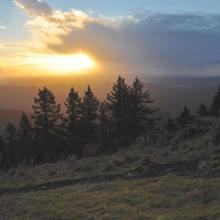
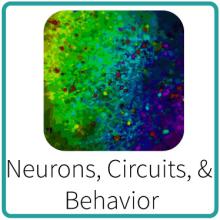
The role of contextual information in multi-skill learning
The role of contextual information in multi-skill learning


"Cortical feedback loops bind distributed representations of working memory," Voitov & Mrsic-Flogel...
"Cortical feedback loops bind distributed representations of working memory," Voitov & Mrsic-Flogel (2022)
https://www.nature.com/articles/s41586-022-05014-3
This will be a team presentation where we each present a figure from the paper, as follows:
Figure 1 Shelby
Figure 2 Sam
Figure 3 Kana & Bella
Figure 4 Kelsey & Mike
Figure 5 Maddie
